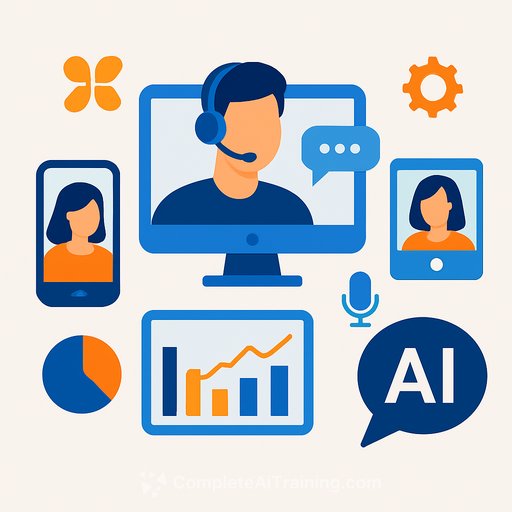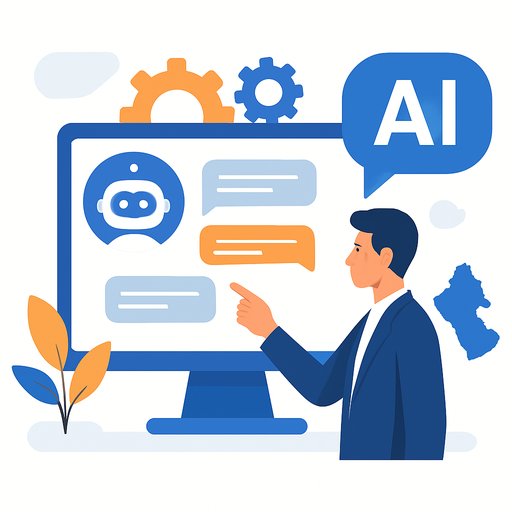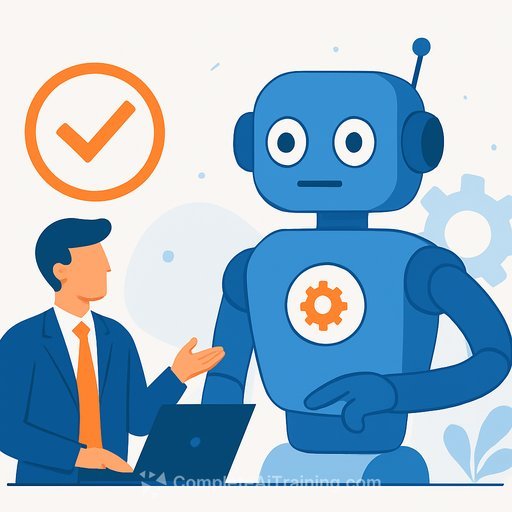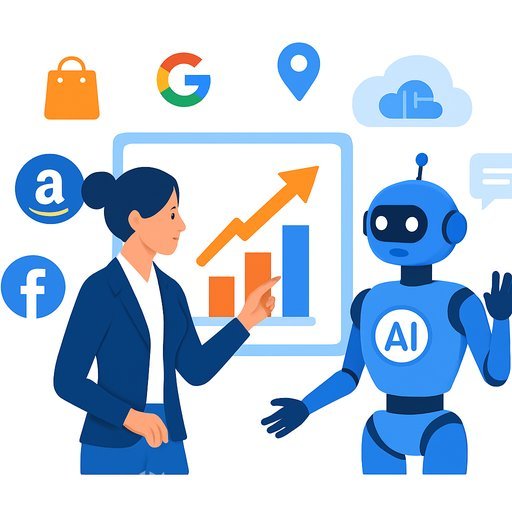Zendesk's latest AI moves: Practical wins for support teams
Zendesk reports it now handles nearly 5 billion resolutions a year for 100,000+ customers, with about 20,000 using its AI features. The company expects about $200M in AI-related revenue this year and is putting $400M into R&D, focused on the Zendesk Resolution Platform. At AI Summit, leaders announced voice AI agents, video calling, screen sharing for Contact Center, stronger IT asset management, and next-gen analytics via HyperArc.
"We have built the only platform that is purpose-built for service and purpose-built for AI," said CEO Tom Eggemeier. The theme: faster resolution, fewer handoffs, clearer insights, and measurable results across customer and employee service.
What's new and why it matters
At its core, the Resolution Platform runs autonomous AI agents that can solve complex issues in real time. According to Zendesk, these agents use leading LLMs (including GPT-5 in collaboration with OpenAI) and support Model Context Protocol (MCP) for instant access to relevant data, speeding up workflows and decisions. They now work across messaging, email, and voice, and can handle multiple intents in a single message.
Quality is built in. Every resolution is automatically scored down to the conversation level so leaders can see what's working, what's broken, and where to optimize. Pricing is tied to successful resolutions, verified through a long validation window with two layers of checks-useful for teams watching both quality and budget.
- Voice AI Agents: Handle identity verification, order tracking, delivery changes, and setup help across languages-without immediate escalation.
- Video Calling + Screen Sharing: Let agents confirm device status and walk customers through setup or fixes in real time.
- Next-gen analytics (HyperArc): Combines AI and human analysis into narrative insights instead of siloed dashboards.
Make your CX admin the hero
Zendesk's Admin Copilot spots operational gaps that slow resolution-missing intent tags, broken workflows, routing conflicts-and explains them in plain language. It recommends specific fixes and, with approval, applies them. Recommendations are grounded in live Zendesk data: tickets, triggers, and knowledge-so they reflect how your operation actually runs.
Knowledge work gets easier, too. Knowledge Connectors pull in content from tools like SharePoint or Confluence without migration. Action Builder automatically tags, summarizes, and notifies product teams in Microsoft Teams, closing the loop between support and engineering. "What once took days can now be resolved instantly," said Shashi Upadhyay, president of product, engineering, and AI.
Retail leaders: consistent, multilingual service at scale
When a hit product launches, teams get stretched across countries and channels. "Intelligent automation doesn't just streamline operations - it improves the customer experience across borders and channels," said Lisa Kant, SVP of Marketing. Voice AI Agents keep tone, process, and outcomes consistent while Video Calling tackles setup and troubleshooting without guesswork.
For help centers, Knowledge Builder analyzes real customer conversations and turns them into localized articles for trending issues. That means fewer repeat tickets and faster time to resolution when volume spikes.
IT leaders: move from reactive to proactive with ITAM
Zendesk's new IT Asset Management (early access in November) brings asset data directly into the service desk. When a "tablet not working" ticket hits the queue, the device details appear inside the ticket. Copilot suggests model-specific steps, and Knowledge Connectors fetch the exact instructions from your existing repositories.
If a fix fails, warranty status is visible in seconds so the replacement can be issued without back-and-forth. With real-time asset visibility, IT can spot patterns before they turn into a flood of tickets and prevent failures where work happens.
How support teams can put this to work
- Map high-volume intents and let AI agents own them end-to-end across messaging, email, and voice.
- Turn on quality scoring and set weekly reviews for top drivers of failed resolutions.
- Use Admin Copilot to find routing conflicts, missing tags, and knowledge gaps; approve fixes quickly.
- Connect knowledge sources (SharePoint, Confluence) so both AI and humans use the same live instructions.
- Pilot Video Calling for setup/troubleshooting flows where visual confirmation cuts repeat contacts.
- Enable ITAM for employee devices to reduce diagnostic time and automate warranty replacements.
What this means for metrics
- FCR and containment: Voice AI Agents + better routing reduce escalations and repeat contacts.
- Handle time: Multi-intent handling and Video Calling shorten back-and-forth.
- CSAT: Clear instructions, consistent outcomes, and faster fixes improve satisfaction.
- Cost per resolution: Pay-for-success AI aligns spend with outcomes.
Tech notes and resources
The Resolution Platform supports Model Context Protocol (MCP) to connect agents with real-time data sources. For official product details, availability, and updates, see Zendesk's site.
Level up your team's AI skills
If you're planning an AI rollout across support, structured training helps your team move faster and avoid rework. Explore role-based programs at Complete AI Training - Courses by job.
Bottom line: Zendesk is pushing toward outcomes you can measure: higher containment, cleaner routing, and faster resolutions across channels. If you lead support, start with your top three intents, connect your knowledge sources, and let quality scoring guide your next iteration.
Your membership also unlocks:





